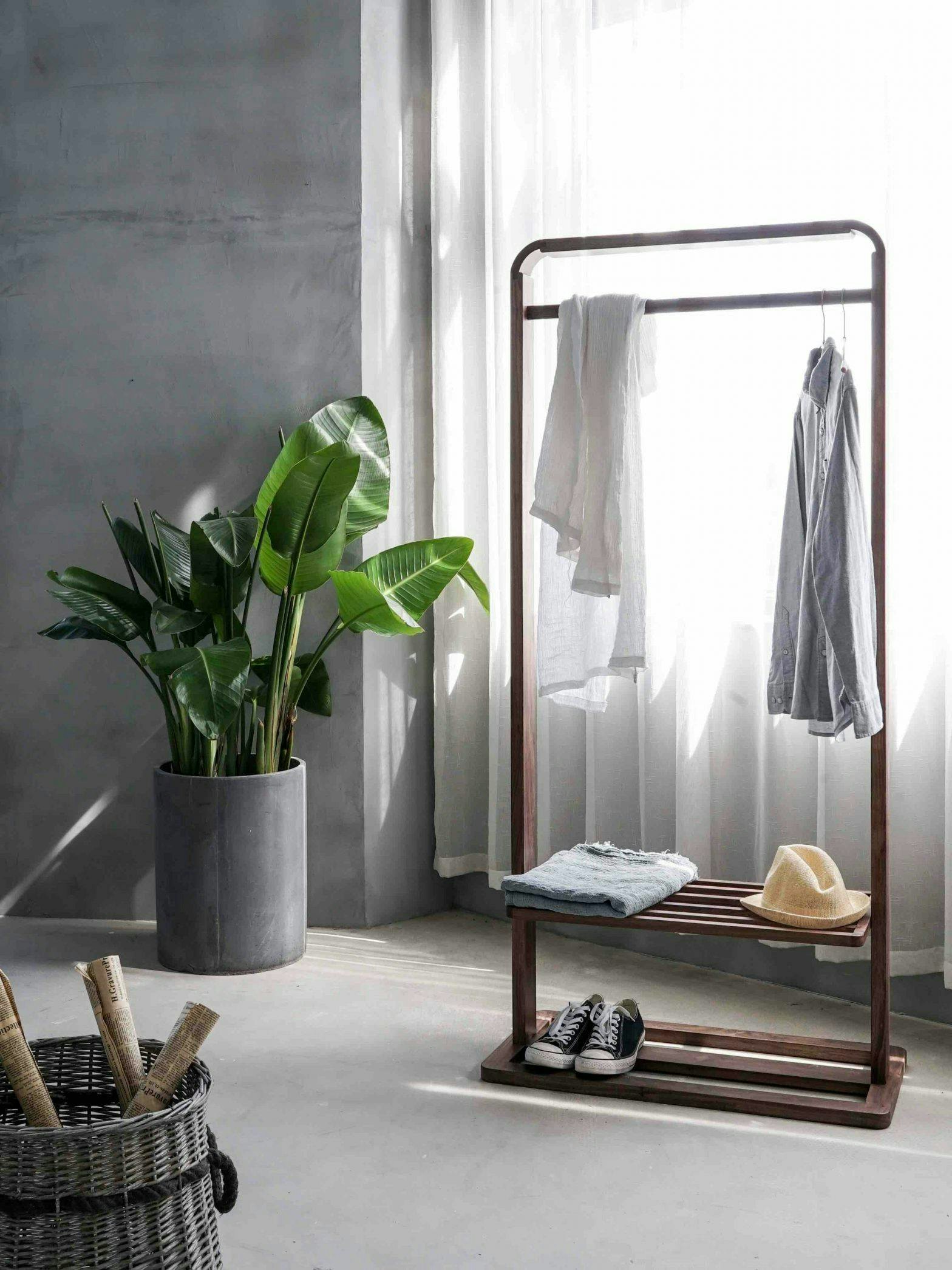
Let’s start loving our clothes
I recently attended a panel at Harvey Nichols organised by the Maiyet Collective and Fashion Open Studio: “How to look after your clothes and make them last”. The panel was moderated by fashion journalist Tamsin Blanchard and the speakers included our founder Hasna Kourda, designers Patrick McDowell and Maddie Williams and Fashion Revolution co-founder and creative director, Orsola de Castro. The least I can say is that it was immensely inspiring!
Solution providers and designers, especially young ones like Maddie Williams and Patrick McDowell are driven by their frustration of the current fashion business model. They are trying to reduce their social and environmental impact by having sustainability in the heart of their businesses, either by using ‘pre-loved’ materials or renewable ethical materials.
McDowell says that “There is no love in anything”, garments are made and thrown away constantly, they don’t have the value that they once had and that is because of ‘fast fashion’.
What McDowell does is, he either sells his clothes or rents them at Higher Studio. What’s amazing is that if his clothes don’t sell, instead of going on sales or discarding his creations, as most retailers do, he takes them apart and creates something completely new, which he finds more engaging and interesting as a designer. However, he points out that big corporates that have the capital and the work force prefer discarding their products. Is it because of money? Time-consumption? Or plain lack of will to change? Thought provoking!
Fashion Revolution co-founder, Orsola de Castro, says “We [people] are part of the supply chain”. Couldn’t agree more.
We should all be held accountable. We don’t understand the power we have as consumers. It is estimated that 21 billion tons of textiles are wasted worldwide every year and less than 1% is recycled to make new clothes!
If you are not familiar with Fashion Revolution, it is a global movement determined to change the way the fashion industry works, and anyone can join it. It was formed as a response to the 2013 Rana Plaza disaster in Bangladesh. Urging people to post pictures with the hashtag #whomademyclothes. Their aim is to pressure companies to become responsible and transparent of their supply chains.
But what can we do, as citizens of this planet and wardrobe owners, to reduce the environmental impact of our fashion decisions?
According to a recent research led by Save Your Wardrobe in partnership with the University of Glasgow Adam Smith Business School (to be released soon); although people are aware of the ramifications of clothing consumption, they have not understood yet their own wardrobe’s footprint as part of the supply chain.
When it comes to decluttering our wardrobe we usually think of throwing away our clothes or donating them. However, Orsola de Castro, emphasises, “Charities are oversubscribed” so we have to donate intelligently.
It would be best to do a good editing and give the premium quality clothing to charity stores. For the rest of your unwanted items you can either organise a swapping party with friends, customise them or repurpose the fabrics and produce something new with the help of a designer or even a YouTube tutorial.
Kourda says, “People don’t have the time and have other focuses. However, what we do have is a set of technology that would help streamline sustainable living”. [Save Your Wardrobe] is probably the missing part of the supply chain.
The Save Your Wardrobe app is a tool, which will help you reconnect with your wardrobe. In addition of advising you on how to get dressed by offering you personalised styling recommendations, it encourages you to make the most of what you already own. You will constantly be aware of the clothes you own and you will have all the services your wardrobe will need (repairing, dry-cleaning, even selling) in one place.
Coming back to McDowell’s point, it is high time we start loving our clothes.
What you can do
If you want to learn and do more, the best thing would be to educate yourself on the current state of the fashion industry. Depending on your mood and time I have listed some suggestions for you:
- Request an early access to the beta version of Save Your Wardrobe,
- Watch the documentary ‘The True Cost’ on Netflix,
- Listen to the ‘Wardrobe Crisis’ podcast of Australian VOGUE’s Sustainability Editor-at-Large, Clare Press,
- Download the Good On You app to know how ethically brands are operating,
- Join and take part in the actions of Fashion Revolution and ask companies what they’re doing towards sustainability,
- Read the recently published report of the Environmental Audit Committee ‘Fixing Fashion’,
- Watch out for the Helsinki Fashion Week in July to learn about circular and sustainable brands
- and most importantly speak about these issues with friends and family.
These are all simple yet effective things you can do to push for transparency and sustainability in the fashion industry.
Eirini Batakis
I’m a second-year Strategic Fashion Management student at London College of Fashion and I have previously studied Womenswear Design and Production in Finland. I’m curious about sustainability and technology and their impacts on the fashion industry’s development. Through the “Designing a Feminist Alexa” programme of Feminist Internet and UAL Creative Computing Institute, I got to create a feminist PIA and I am currently working on a project as part of the “Accelerating the Future of Fashion” organised by Microsoft in partnership with LCF.
I recently joined the team of Save Your Wardrobe as Marketing and Digital Media assistant to be at the forefront of the technological shift towards a more sustainable fashion industry.

